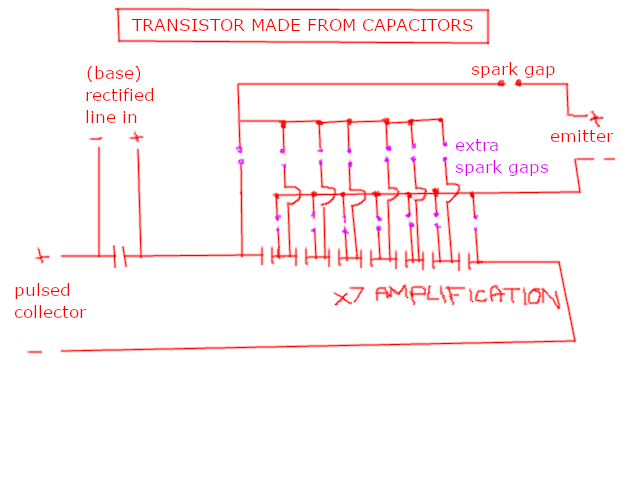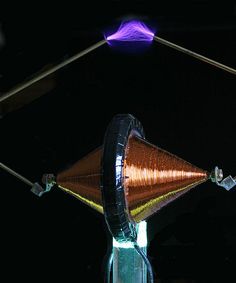Maybe my laptop is too slow, or I'm hopeless at the internet, but I cant find anywhere to buy spark gaps for doing clocked logic with, I'd like something that just has a negative and a positive and a gap of air in the middle, with very little capacitance.
I do have a cool way of making them myself, just two pieces of copper tape with a rizla (rolley cigarette paper, or even a piece of bible paper would work) "frame" inbetween gets a nice tight 25 micrometres. I could even make it semi-permanent with a bit of thick plastic top and bottom, but I think buying them is probably better.
Also, my electronics stores near I live don't have them listed in their stocks. Can anyone please post a link to something if they would be so kind?
Theres nothing in Australia, I'm going to have to order over-seas I'm pretty sure.
I do have a cool way of making them myself, just two pieces of copper tape with a rizla (rolley cigarette paper, or even a piece of bible paper would work) "frame" inbetween gets a nice tight 25 micrometres. I could even make it semi-permanent with a bit of thick plastic top and bottom, but I think buying them is probably better.
Also, my electronics stores near I live don't have them listed in their stocks. Can anyone please post a link to something if they would be so kind?
Theres nothing in Australia, I'm going to have to order over-seas I'm pretty sure.


